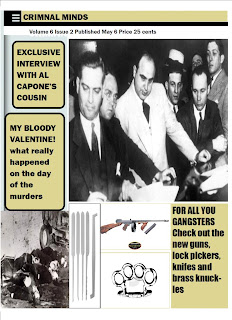By: Amy JWinnie the Pooh is a funny and entertaining movie and TV episodes. The man who played Winnie the Pooh is an original voice of Sterling Holloway and Paul Winchell is the voice recorder for a hopping happy, Tigger. The man who made this all begin was a British storyteller. The author is A.A Milne and the Illustrator is E.H Shepard. This all began when it was published in the 14 October in 1926.
Alan Alexander Milne was born on the 18th of January 1882 in Hampstead, London. A.A Milne was the youngest out of the three sons. In 1913 Milne married Dorothy de Selincourt, the God-daughter of Punch editor, Owen Seaman. He graduated from Cambridge in 1903.

They have a lot of songs in the episodes and one that is always in the movie and episode is the theme song for Winnie the pooh the lyrics are: Deep in the hundred acre wood, Where Christopher Robin plays, you’ll find the enchanted neighborhood, Of Christopher's childhood days. A donkey named Eeyore is his friend, And Kanga, and little Roo. There's Rabbit, and Piglet, and there's Owl, But most of all Winnie-the-Pooh. Winnie-the-Pooh, Winnie-the-Pooh, Tubby little cubby all stuffed with fluff. He's Winnie-the-Pooh. Winnie-the-Pooh. Willy, nilly, silly, old bear.
Some of the cast was Sterling Holloway as Winnie the pooh, John Fiedler as Piglet, Jon Walsey as Chistopher Robin, Paul Winchell as Tigger, Hal Smith as owl, Ralph Wright as Eeyore, Junius Matthews as Rabbit, Barbara Luddy as Kanga, and Clint Howard as Roo.

An episode is “Winnie the Pooh and the Blustery Day”. It was published in 1968 December 20th and was very popular. The running time for the Blustery Day is 25 minutes. The episode was directed by: Wolfgang Reitherman and produced by: Walt Disney.
Resources:
http://en.wikipedia.org/wiki/Winnie-the-Pooh
http://www.imdb.com/title/tt0063819/
http://kids.niehs.nih.gov/lyrics/pooh.htm
http://www.just-pooh.com/milne.html
http://en.wikipedia.org/wiki/A._A._Milne#1903_to_1925
http://en.wikipedia.org/wiki/A._A._Milne









